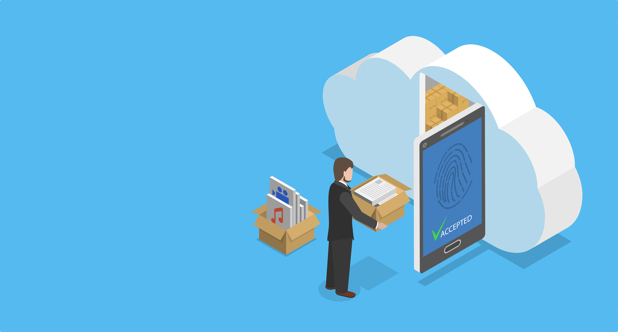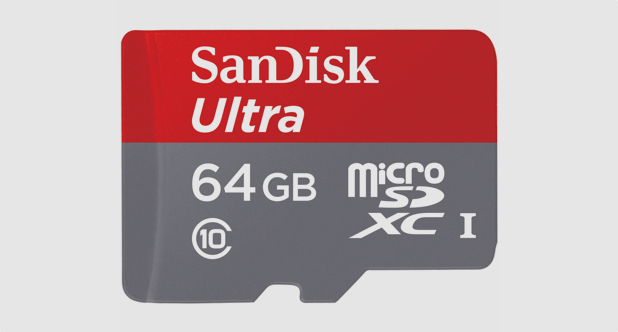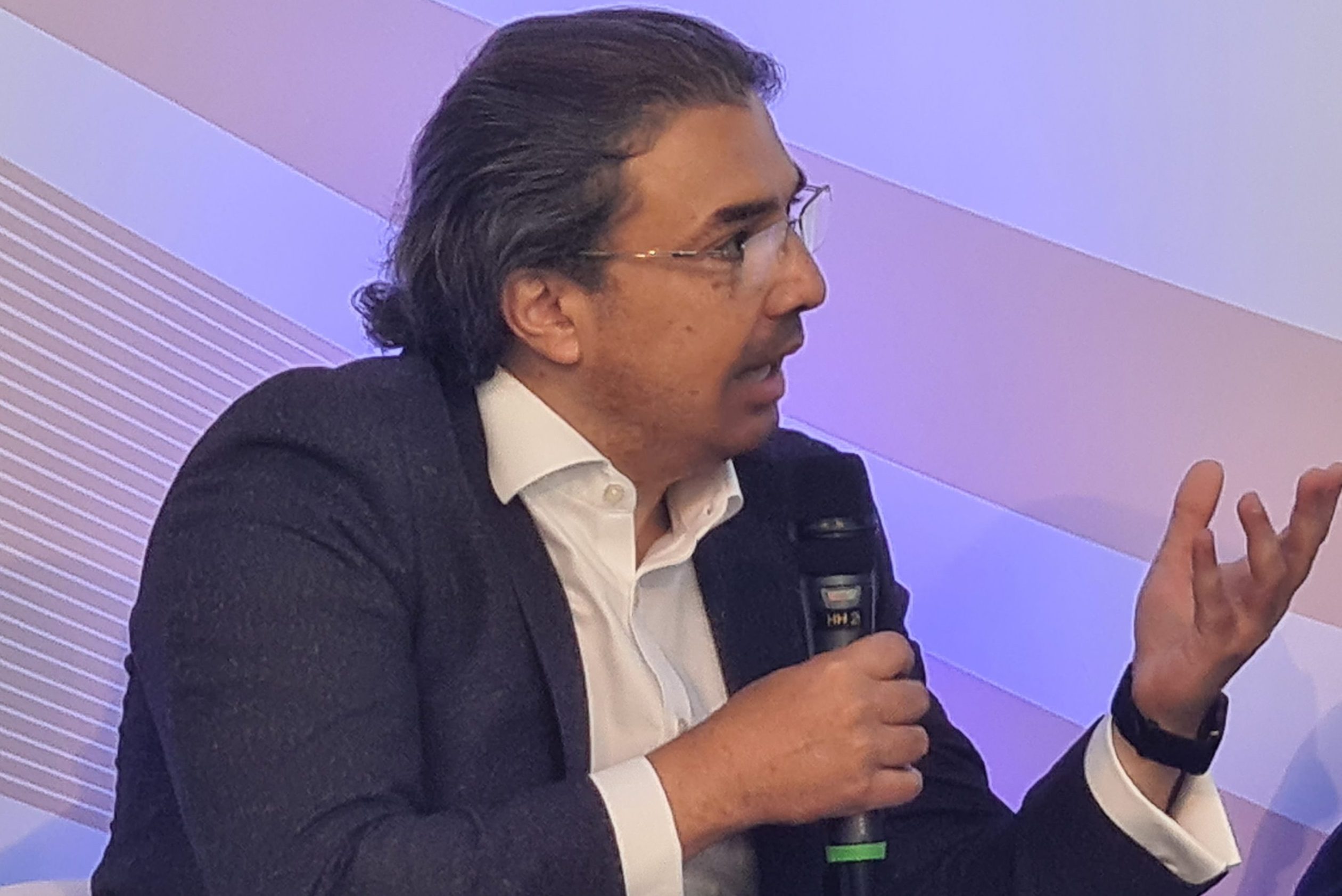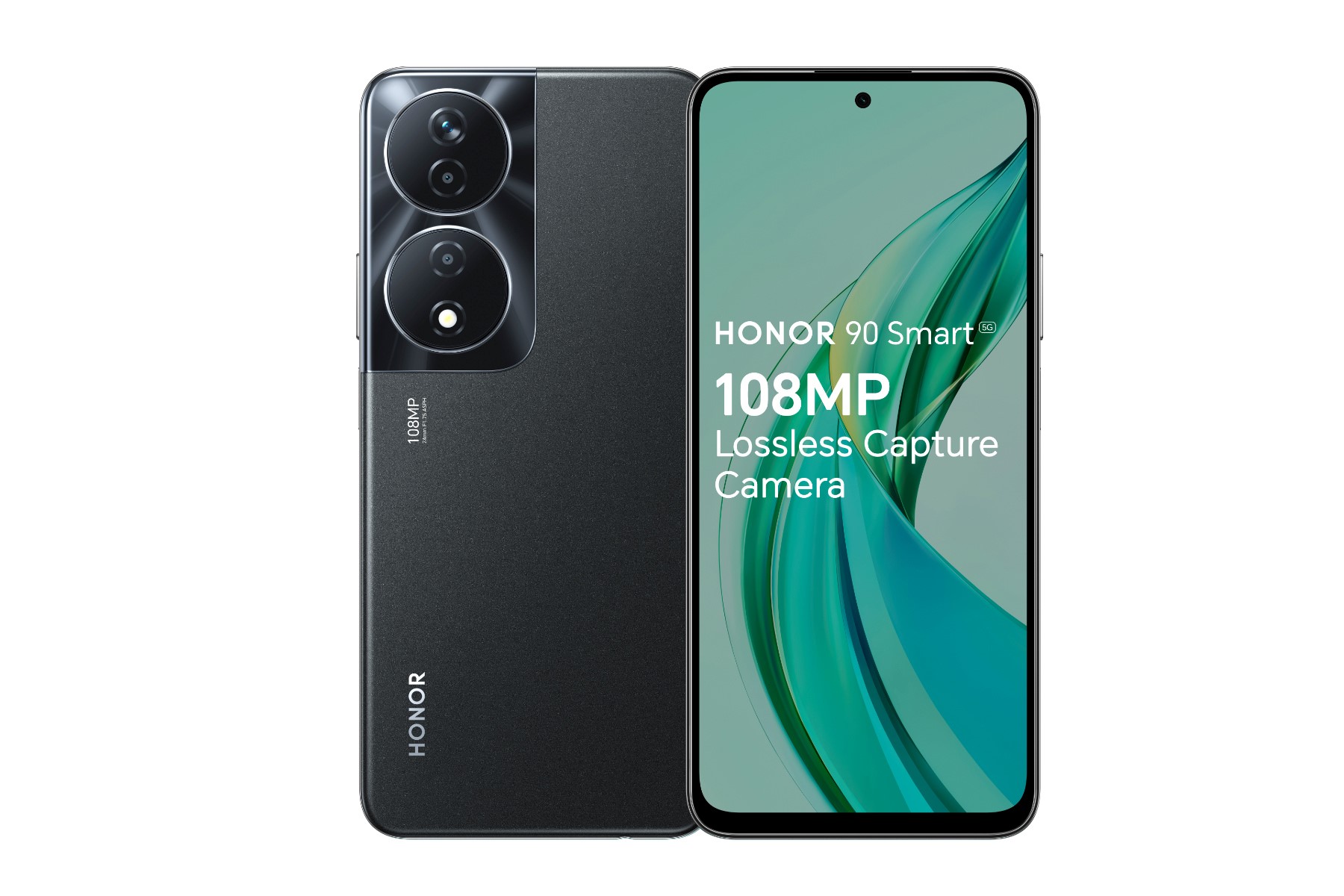Constantly battling for space on your phone? Here's everything you can do to claw back room for your photos, movies, apps and more...

Feeling the squeeze? We’ve never had so many awesome apps, games and features to fill our smartphones with, but that comes at a cost: precious storage. If you’re finding yourself playing a constant game of ‘delete and repeat’ to claw back memory, we’re here to help.
There are tonnes of ways to make the gigabytes you have go even further, and even to optimise your phone’s performance in the process. Here’s how…
Ditch your photos
You’re probably well aware of the virtues of cloud storage, but are you using it to its fullest? Photos are usually the number one culprit when it comes to hogging up your phone’s memory, since each picture takes up around 3MB; a few hundred of those and you’ve got yourself a GB!
The YouTube ID of https://www.youtube-nocookie.com/watch?v=Prr-K12RJxI is invalid.
Our pick for the best, no nonsense and most fully-featured solution is Google Photos on Android and iOS. Like many others, it will duly back up every photo and screenshot you take to the cloud, but it boasts a secret trick that inches it ahead of the pack: the option to easily find and delete pictures from your phone if they’ve already been uploaded. Add to that the ability to search photos by what’s in them (which works via actual magic), and the fact that normal Google offers unlimited storage for normal quality photos, and you’ve got yourself an obvious winner.
Oh, and while we’re on the subject of photos, if you’re using HDR mode, burst mode, or Apple’s Live Photos, you may want to consider turning them off to reduce the file size of the images you do keep on your device.
Move your movies
Got to have the latest episodes of every show or your favourite blockbusters available on the move? Those HD files are huge! The good news is that if you’ve got a data connection you can just stream them to your device instead of keeping them saved.
To do this you’ll need to install the Plex media server app on your home PC or laptop, and then the Plex app on your phone. Just point the desktop app to the folder on your computer with all your shows and movies in and it’ll organise them neatly for you – replete with cover art and synopses.
The YouTube ID of https://www.youtube-nocookie.com/watch?v=fVBTxZxzrwI is invalid.
You’ll then be able to stream anything in your library from the Plex app on your phone or tablet wherever you go. The best bit? It’s all completely free, unless you want to opt for the Plex Pass (£3.99 per month), which adds the ability to sync videos for offline use.
Install a Micro SD card
The easiest way to free up storage is actually to add more. Not every phone supports MicroSD cards, but if yours does (you’ll usually find an SD card slot in the same place your SIM card lives) you’re laughing.
On most modern Android phones a fresh MicroSD card lets you choose to either keep the card separate from your phone’s inbuilt memory (like connecting an external hard drive to a computer), or to tell your phone to swallow its gigabytes up to create one supersized drive. To do the latter, head into Settings, then click on Storage, and then on your MicroSD card. From there you should be able to choose to ‘Format as internal’. This’ll delete anything on it, but once it’s done your phone won’t be able to tell what’s inbuilt and what’s on the card, making keeping an eye on your storage much easier as time rolls on.
If you choose to keep the card separate, you can still move apps and their associated files (like Spotify downloads) to it by heading to Apps and manually moving compatible apps across. Or by going to Settings>Storage>SD card, clicking the options tab and then tapping on ‘Move media’.
Time to add some extra gigs? You can grab a MicroSD card from Vodafone here.
Get some external storage
If you’re rocking an iOS device you won’t be able to add an SD card, but you can still grab a couple of cool accessories to help ease your storage woes. The Leef iBridge, for instance, plugs into the Lightning port and adds a roomy 16GB of temporary extra storage. It comes with an app that lets you quickly transfer and backup your important files, and will only set you back £40.
Battery pack moguls Mophie has a cunning solution, too. Its Space Pack cases offer both extra battery and storage, with a companion app that lets you swap files between the phone and the case with ease.
Unearth app offenders
Important question: how often do you use all of your apps? A good port of call would be uninstalling any that you’ve not used in the past few months. In your phone’s settings (under storage for both iOS and Android), you’ll be able to see all your apps in descending order based on their size – including in-app data like music, ebooks, movies and notes.
“You’ll be able to see all your apps in descending order based on their size.”
That should give you a crystal clear overview of how your storage is being dished out, but remember this important tip: don’t ignore the apps low down on the list; chances are the megabytes associated with the bottom 30 apps together equals same the amount as one of your biggest hogs. Uninstall en masse for some serious gains.
Take out the trash
Aside from media and apps, your phone could well be chock full of unnecessary background files that may seem small fry, but which can add up. Things like text chats, file downloads and app caches are notorious storage suckers, but these can mostly be removed without headache.
Deleting longstanding message threads may seem daunting for the sentimental out there, but it’s a smart move and can be done in both iOS, Android and Windows 10 right from your text message app of choice. If you go way back with someone you may find your thread amounts to a couple of GBs worth of data.
If you’re on Android it’s well worth grabbing Greenify, which can oust app caches (temporarily saved data that apps use to launch quicker) and unnecessary files. It’ll scour your phone for those pesky background processes and kill them off, which will also optimise your performance and help your battery life!
Fill your extra space with amazing apps… Here’s our pick of this month’s most essential app downloads.



![Falling Dripping Water Drop[Adobe Stock] Falling Dripping Water Drop[Adobe Stock]](https://www.vodafone.co.uk/newscentre/app/uploads/2024/04/Falling-Dripping-Water-DropAdobe-Stock.jpg)
